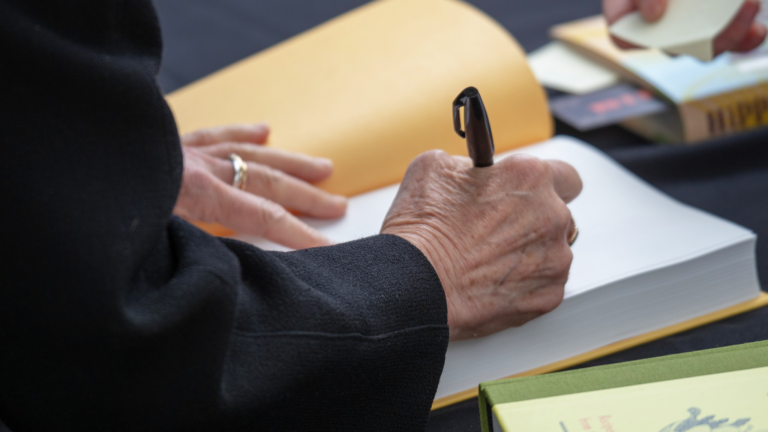
Best Way to Write a Book: Exploring the Art of Writing
Embarking on the journey of writing a book is both a thrilling and daunting endeavor. Aspiring authors often find themselves grappling with a myriad…

Have you ever wondered what makes some books so popular that they get turned into movies? Or have you ever wished that your favorite book would be adapted into a film? If you are an avid reader or an aspiring writer, you might be interested in knowing the key elements that make a book appealing for a film adaptation.
One of the most important elements is the plot. A novel with a strong, compelling, and unique plot may captivate both readers and filmmakers. A plot with twists and turns, suspense, drama, and passion can make for an engaging film experience. A well-structured and consistent plot can also make the adaptation process easier and smoother. Consider the major conflict, your characters' ambitions and hurdles, the rising and falling action, and the climax and resolution of your novel. Make sure your plot is clear, logical, and believable.
"The Hunger Games" by Suzanne Collins, for example, features a plot that is dramatic, unpredictable, and emotional. It follows Katniss Everdeen as she volunteers to compete in a deadly competition in which she must fight for her survival and protect her loved ones. The plot is well-organized, coherent, and consistent, making it suitable for film adaptation.
Another element is the characters. A novel with unique and complex characters can pique the interest of both readers and actors. Characters with depth, personality, drive, and development can compel viewers to care for and root for them. Furthermore, diverse and relatable characters might appeal to a larger and more diversified audience. Make a character description for each of your main characters, describing their physical appearance, background, personality, strengths and weaknesses, objectives, and character arc.
J.K. Rowling's "Harry Potter" series, for example, features distinctive, relatable, and complicated characters. It follows Harry Potter as he discovers his magical origins and meets various challenges and foes on his quest to defeat the dark lord Voldemort. The characters are appealing to both viewers and actors because they have depth, personality, motivation, and development. They also reflect a variety of backgrounds, cultures, and identities.
A third element is the setting. A book with an immersive and unique setting can create a visual impact and a sense of amazement. A detailed, rich, varied, and unique environment can take viewers to another world and enhance the mood and tone of the story. Furthermore, a relevant and symbolic setting can convey a message or theme that resonates with the audience. Using credible sources and references, research the time period, location, and culture of your setting. To describe your surroundings in an intriguing way, use sensory elements, imagery, and figurative language.
For example, J.R.R. Tolkien's "The Lord of the Rings" offers a vivid, engrossing, and unique environment. It takes place in Middle-earth, a fictitious world rich in detail, variety, and originality. It has various races, languages, cultures, and histories that add to the sense of awe and realism. The setting also helps set the mood and tone of the story and sends a message or theme about the nature of good and evil.
Aside from these key elements, other factors such as genre, style, dialogue, theme and audience can also play a role in the decision to adapt a book into a movie. Ultimately, the success of a film adaptation depends on how well the filmmakers capture the essence and spirit of the book while making it suitable and enjoyable for the screen. If you are working on your own book, why not give it a try and see if you can make it appealing for a film adaptation? You never know, maybe one day your book will be on the big screen!

Embarking on the journey of writing a book is both a thrilling and daunting endeavor. Aspiring authors often find themselves grappling with a myriad…

Rejection is an inevitable part of life, and it can often be a challenging and discouraging experience. However, by adopting certain strategies, you can…

Rejection is an inevitable part of life, and it can often be a challenging and discouraging experience. However, by adopting certain strategies, you can…

We aim to transform the publishing landscape and support diverse voices that deserve recognition.
Copyright © 2023 Crosswords Noble House All Rights Reserved.